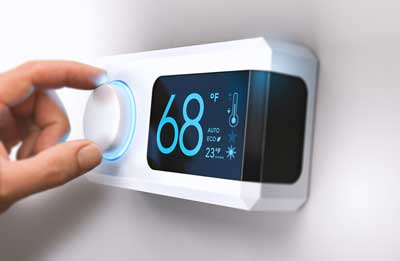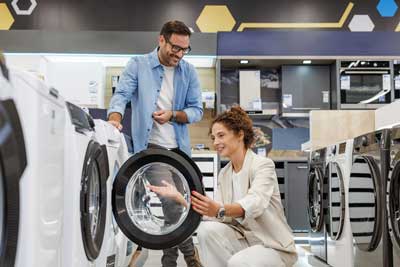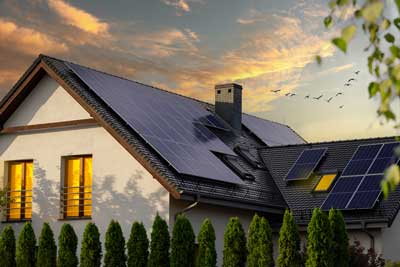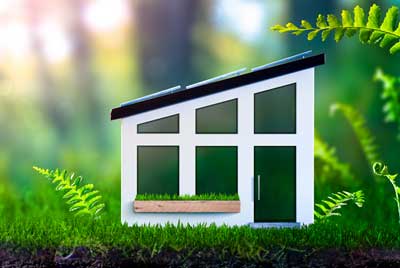Over the last 30 years, the U.S. population has grown, the number of homes has increased, and houses have grown larger, yet overall residential energy consumption has remained flat, according to the U.S. Energy Information Administration. Due to product innovations, improved construction techniques, and better habits, we’re using relatively less energy for heating, cooling, lighting, hot water, and to power gadgets. But despite significant efficiency gains, most homes still unnecessarily waste lots of energy, contributing to pollution and climate change while gobbling money.
Here are 30 things you can do around your home to help save energy. They include cheap-yet-effective steps and upgrades that require some upfront spending, but quickly pay for themselves from lower utility bills. A few are expensive projects that will minimize your home’s energy consumption—or make it energy independent.
But you don’t have to spend a lot to sharply reduce your home’s energy usage. Often, making inexpensive improvements, adopting better habits, and buying better products will substantially reduce waste.
Heating and cooling are by far the biggest energy eaters for most homes, typically accounting for 60 percent or more of utility expenses, so much of our advice focuses on reducing climate-control costs.
Much of this article draws on other info available here at Checkbook.org—evaluations and ratings of heating and air-conditioning contractors, window suppliers, insulation installers, energy auditors, appliance stores, solar energy systems, and more. Also check the resources listed in the articles below.





